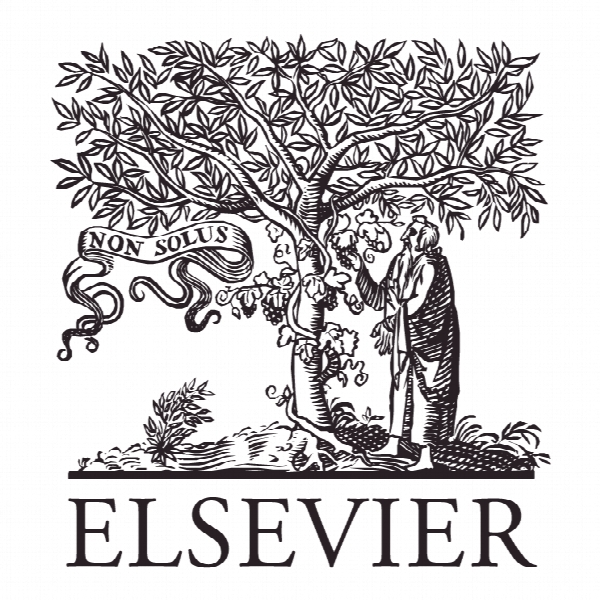تاثیر قالب فروشگاه خرده فروشی بر ارتباط وفاداری – رضایتمندی: تحقیق تجربی The impact of retail store format on the satisfaction-loyalty link: An empirical investigation
- نوع فایل : کتاب
- زبان : انگلیسی
- ناشر : Elsevier
- چاپ و سال / کشور: 2017
توضیحات
رشته های مرتبط مدیریت
گرایش های مرتبط بازاریابی
مجله تحقیقات بازاریابی – Journal of Business Research
دانشگاه کالج تجاری Trulaske، میسوری-کلمبیا، ایالات متحده آمریکا
نشریه نشریه الزویر
گرایش های مرتبط بازاریابی
مجله تحقیقات بازاریابی – Journal of Business Research
دانشگاه کالج تجاری Trulaske، میسوری-کلمبیا، ایالات متحده آمریکا
نشریه نشریه الزویر
Description
1. Introduction The construct of customer loyalty has always attracted interest from both academics and practitioners. This is because customer loyalty is an important asset in today’s intensely competitive environment (Srivastava, Shervani, & Fahey, 1998). As companies find themselves under more pressure in the marketplace, they seek to improve customer loyalty in the hope of securing future sales and revenue. This is especially true for retailers who are facing competition from multiple channels (online and offline) and multiple retail store formats (hypermarkets, supercenters, supermarkets, etc.). According to a recent (2013) survey by Retail Systems Research (www.rsrresearch.com), 61% of retailers believe that customer retention is the most important challenge they face in managing their businesses. At the same time, Northwestern University’s Center for Retail Management reported that only 12 to 15% of retail customers are loyal to a single retailer! These figures underscore the unprecedented challenge faced by all retailers and the specific importance of planning and implementing successful loyalty building strategies to protect and increase their share of the market. However, in spite of numerous articles in marketing and retailing literatures that have examined the antecedents and processes leading to and/or enhancing customer loyalty, there is still uncertainty among retail managers on how to best allocate resources to various loyalty-building efforts. Moreover, it is not clear whether the mechanism for building loyalty varies by contingencies such as retail store format type considering that today there are multiple store formats selling the same product categories (e.g., hypermarkets, supercenters, and supermarkets). Some of the uncertainty about how to build loyalty stems from continuing debate about the antecedents of loyalty less than 25%. For example, while many assume that customer satisfaction is a strong predictor of loyalty in the marketing literature, several studies have found evidence to the contrary (e.g. Homburg & Fürst, 2005; Verhoef, 2003). In this vein, a meta-analysis by Szymanski and Henard (2001) concluded that < 25% of repeat purchase behavior is attributable to customer satisfaction. Thus, the need for better understanding of the customer satisfaction–loyalty link persists.Some of the uncertainty about how to build loyalty stems from continuing debate about the antecedents of loyalty less than 25%. For example, while many assume that customer satisfaction is a strong predictor of loyalty in the marketing literature, several studies have found evidence to the contrary (e.g. Homburg & Fürst, 2005; Verhoef, 2003). In this vein, a meta-analysis by Szymanski and Henard (2001) concluded that < 25% of repeat purchase behavior is attributable to customer satisfaction. Thus, the need for better understanding of the customer satisfaction–loyalty link persists. In a recent comprehensive review in the Journal of Retailing, Kumar,Pozza, and Ganesh (2013) stress that extant research on the link between satisfaction and loyalty does not yet offer clear guidance to marketers. They argue that part of this ambiguity is because this relationship is more complex than current theoretical models suggest. That is, the satisfaction-loyalty link could depend on various moderators and mediators that need more investigation. Therefore, they encouraged researchers to consider more holistic models that include relevant variables. Furthermore, they note the differences in how loyalty is defined and measured across different articles. Most empirical research studies have either not distinguished between two types of loyalty – attitudinal and behavioral – or focused only on one or the other of these loyalty types. Consequently, it is not still clear whether strategies suggested to build, say, behavioral loyalty, will also enhance attitudinal loyalty and under what conditions. Thus, there is a need for more studies that clearly distinguish between the two constructs of attitudinal and behavioral loyalty as well as conceptualize and empirically investigate how satisfaction affects them in different contexts and contingencies.


